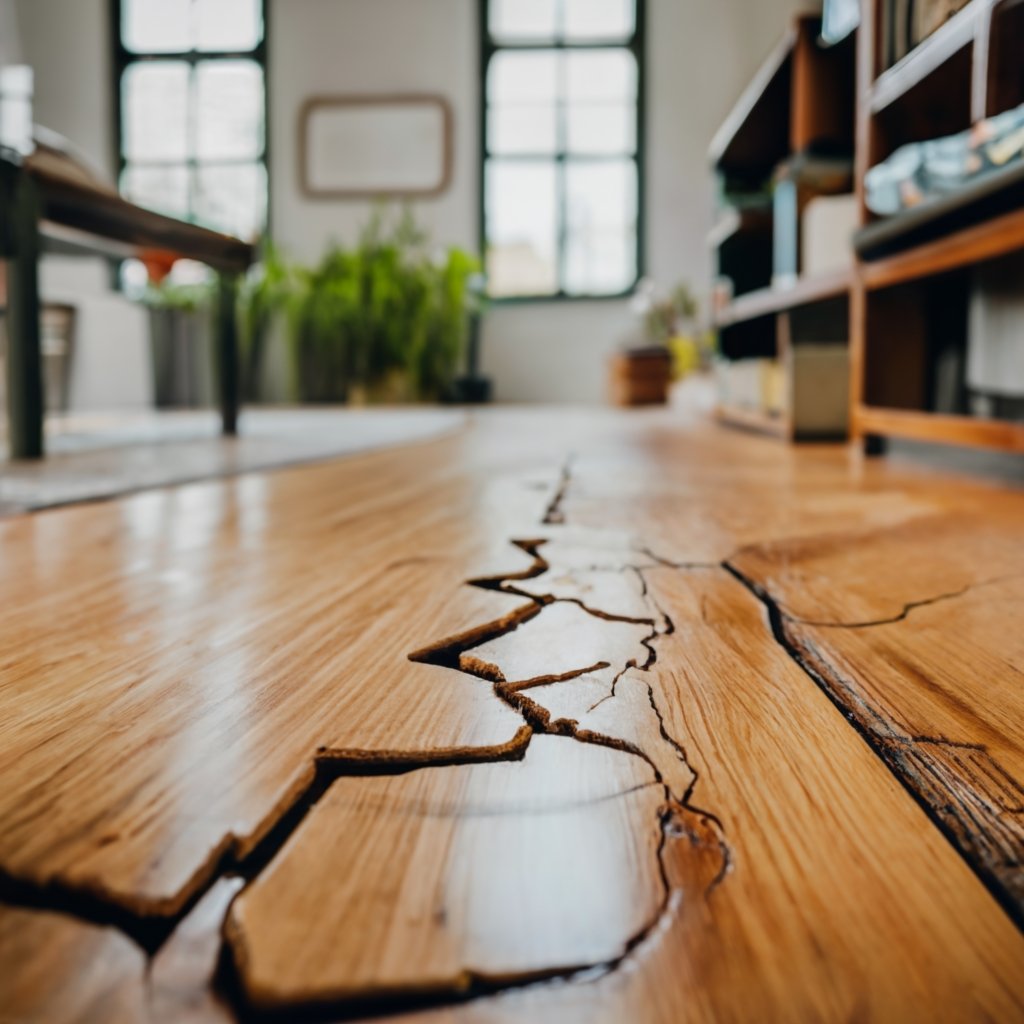Introduction
Preserving the beauty of your wood floors involves addressing inevitable cracks that may develop over time. In this detailed guide, we’ll explore effective methods and step-by-step techniques on how to fill cracks in wood floors, ensuring a seamless and revitalized surface for your living space.

Understanding Cracks in Wood Floors
Begin by understanding the common causes and types of cracks that can affect wood floors.
1. Causes of Wood Floor Cracks
Identify the root causes, including changes in humidity, temperature fluctuations, and the natural aging process of wood, leading to cracks.
2. Types of Cracks
Explore the various types of cracks, such as surface cracks, gaps between floorboards, and structural cracks, each requiring specific approaches for effective repair.
Tools and Materials
Before diving into the repair process, gather the necessary tools and materials for a successful outcome.
1. Essential Tools
Discover the tools required, including wood filler, putty knife, sandpaper, and a saw, ensuring you’re well-prepared for the restoration process.
2. Choosing the Right Wood Filler
Understand the different types of wood fillers available and select the one that best matches the color and grain of your wood floor.
Step-by-Step Guide on How to Fill Cracks in Wood Floors
Follow a comprehensive guide on repairing cracks in wood floors, ensuring a professional-looking finish.
1. Preparing the Crack
Clean the crack thoroughly, removing any debris or loose wood particles, creating a clean surface for the filler.
2. Applying Wood Filler
Learn the proper technique for applying wood filler, ensuring it fills the crack completely without overapplication.
3. Sanding and Finishing
Discover the importance of sanding the filled area to achieve a smooth surface, followed by finishing techniques to seamlessly blend the repaired section with the rest of the floor.
Long-Tail Queries Related to “How to Fill Cracks in Wood Floor”
- What is the best wood filler for large cracks in hardwood floors?
- Can I use epoxy to fill deep cracks in wood floors?
- How to prevent future cracks in wood floors after repair?
- Is it possible to fill gaps between floorboards without refinishing the entire floor?
- What are alternative methods for repairing structural cracks in wood floors?
FAQs Section:
Q1: Can I use regular wood glue to fill cracks in wood floors? A1: While wood glue is not an ideal filler, specialized wood fillers are recommended for durability and better blending with the floor’s natural color and grain.
Q2: How long does it take for wood filler to dry before sanding? A2: Drying times vary, but it’s typically recommended to allow wood filler to dry for at least 24 hours before sanding for the best results.
Q3: Are there preventive measures to avoid cracks in wood floors? A3: Maintaining stable humidity levels, using rugs in high-traffic areas, and regular floor inspections can help prevent future cracks in wood floors.
Conclusion:
In conclusion, restoring the integrity of your wood floors by filling cracks is a rewarding process that enhances the aesthetic appeal of your home. Armed with the right knowledge and tools, you can confidently address cracks, whether they are minor surface imperfections or more significant structural issues. Follow this comprehensive guide, and enjoy the satisfaction of revitalizing your wood floors to their former glory.
Not Sure What Are You Looking At? Check the below guides: